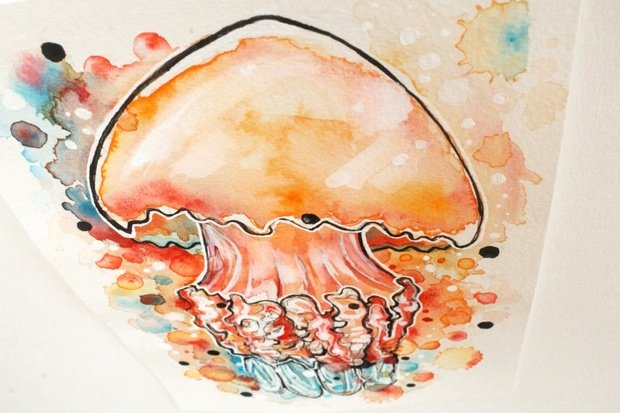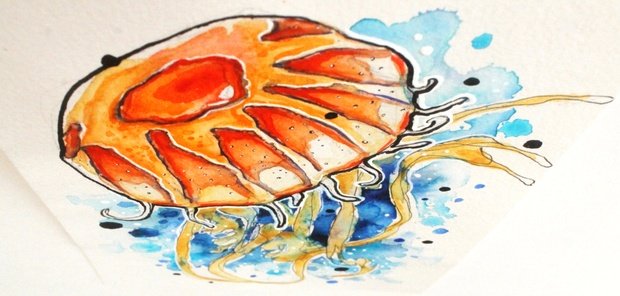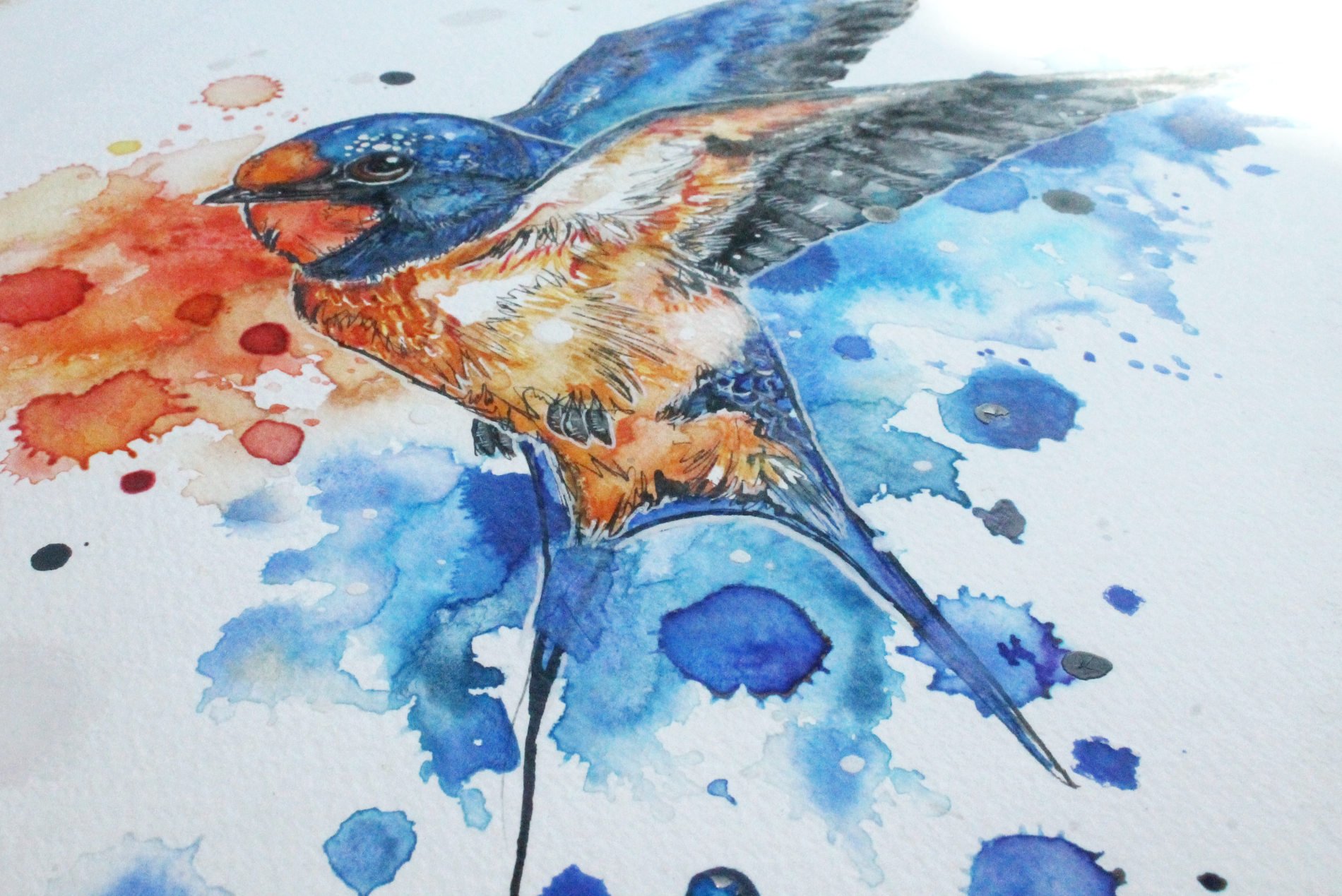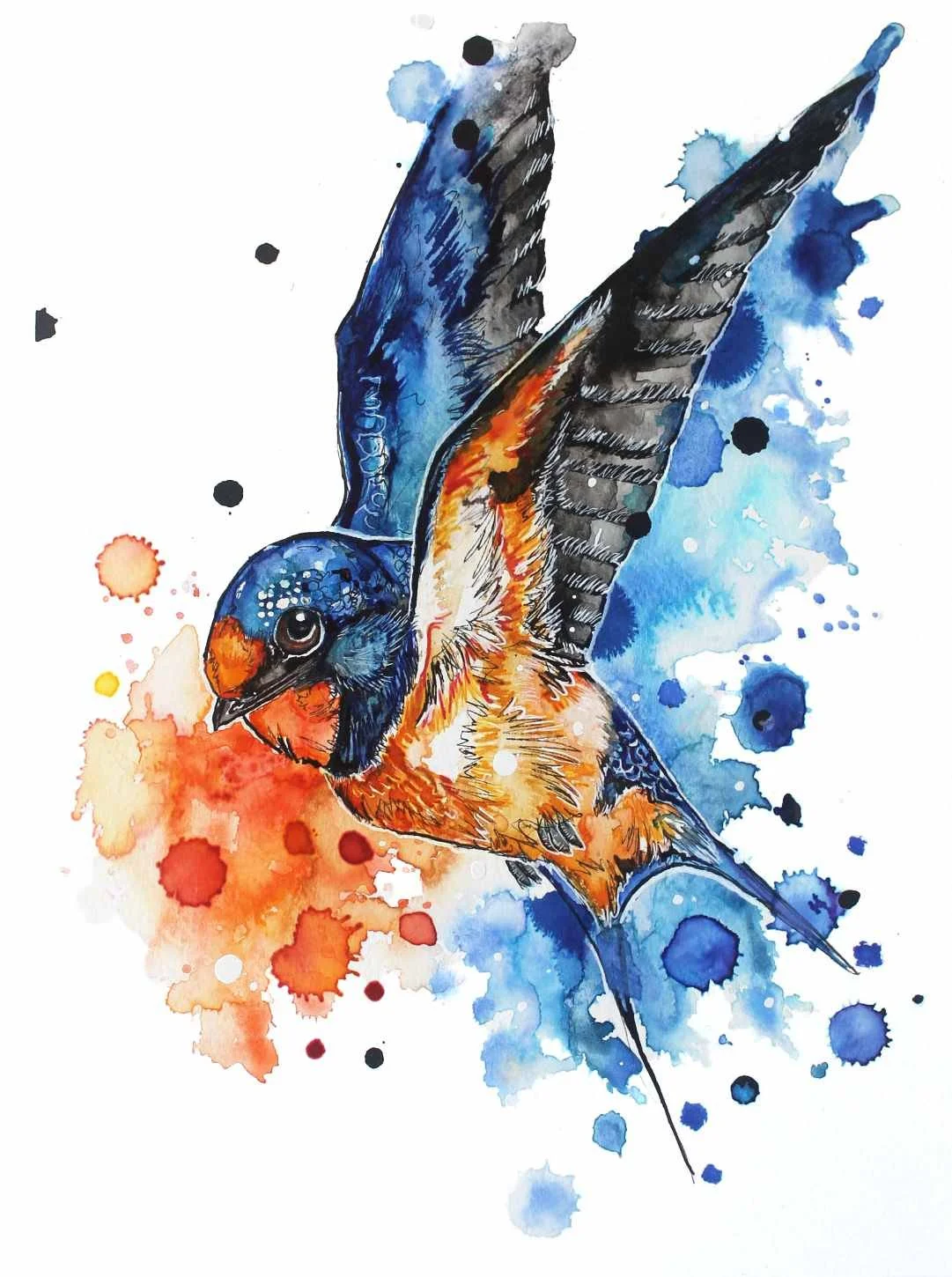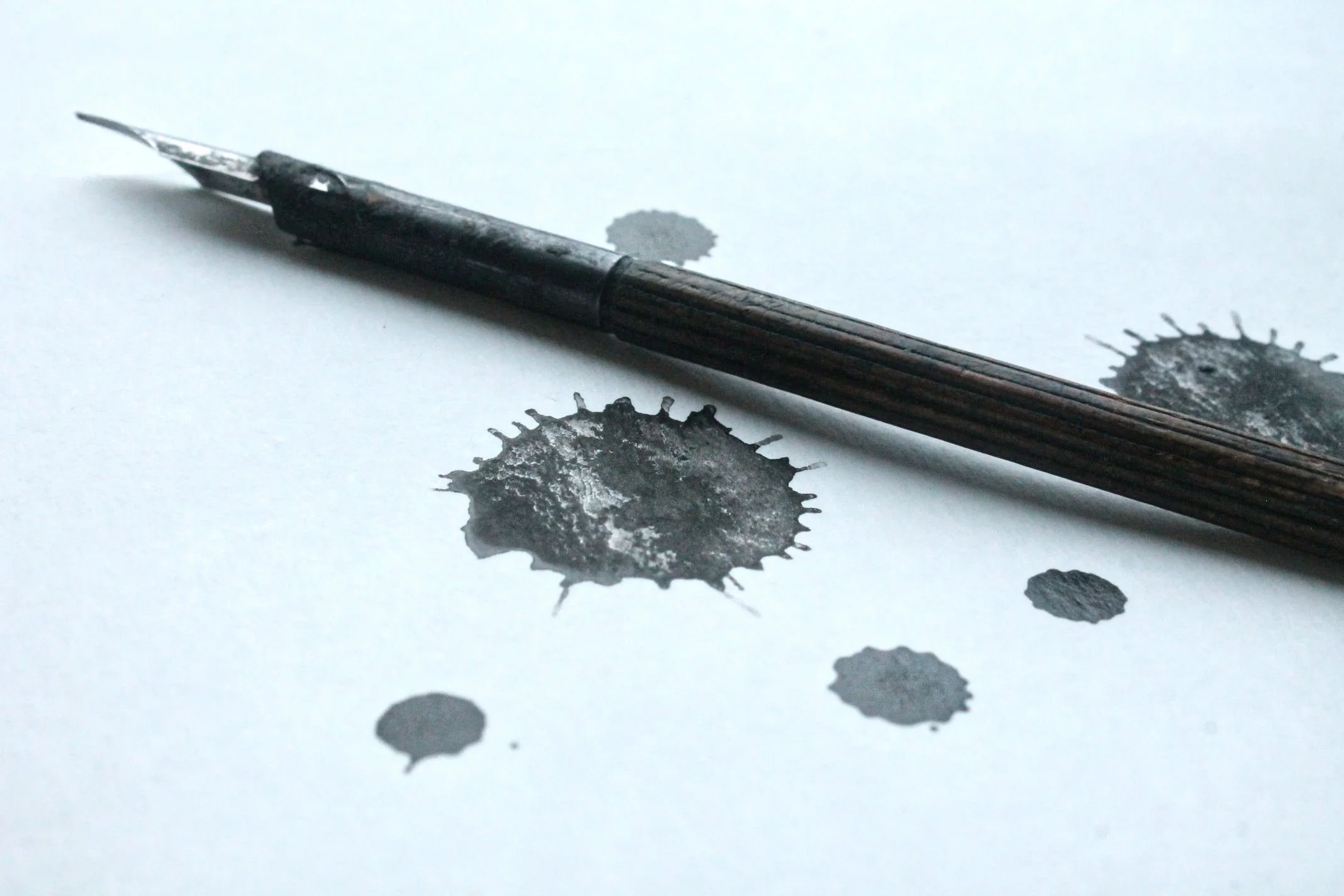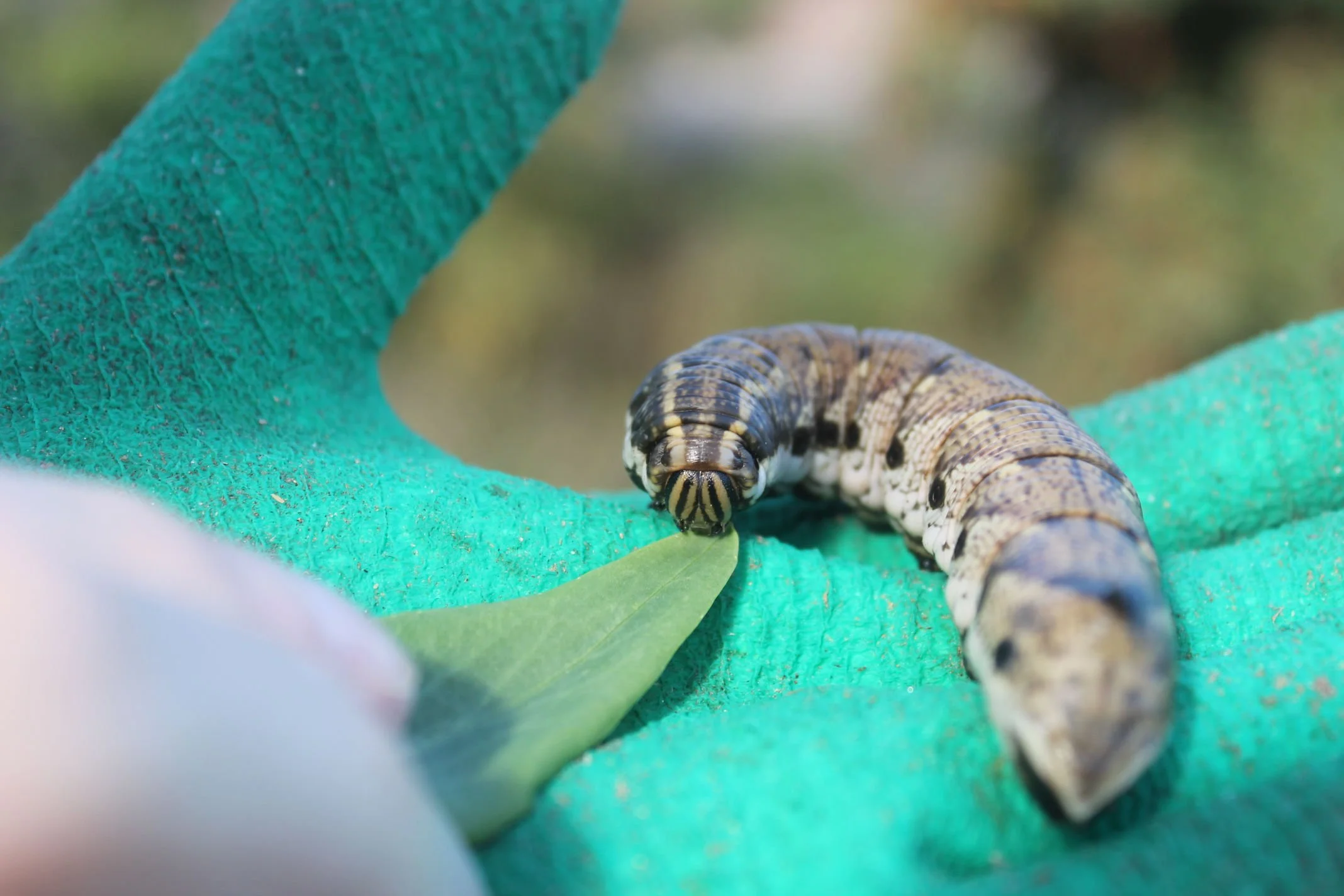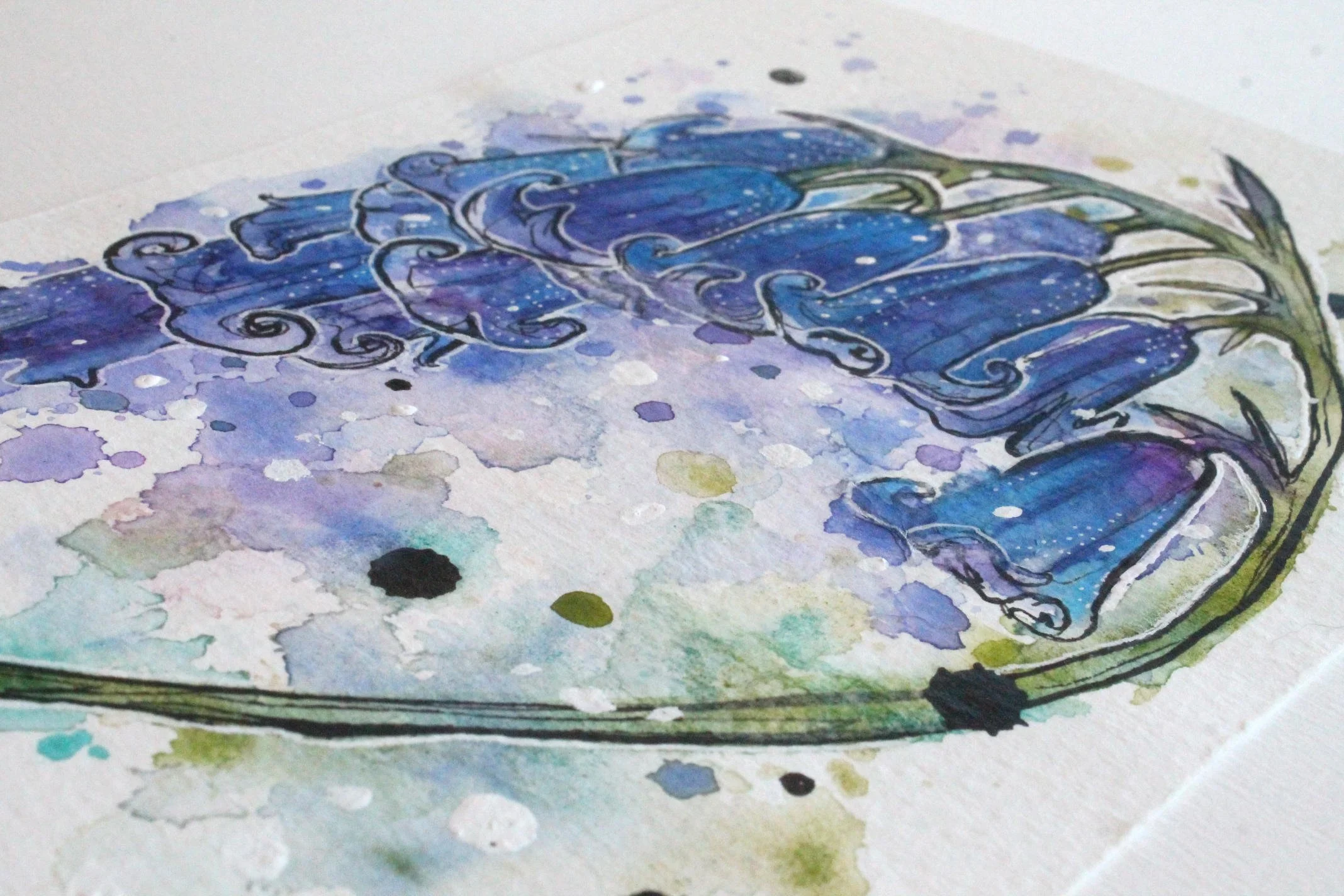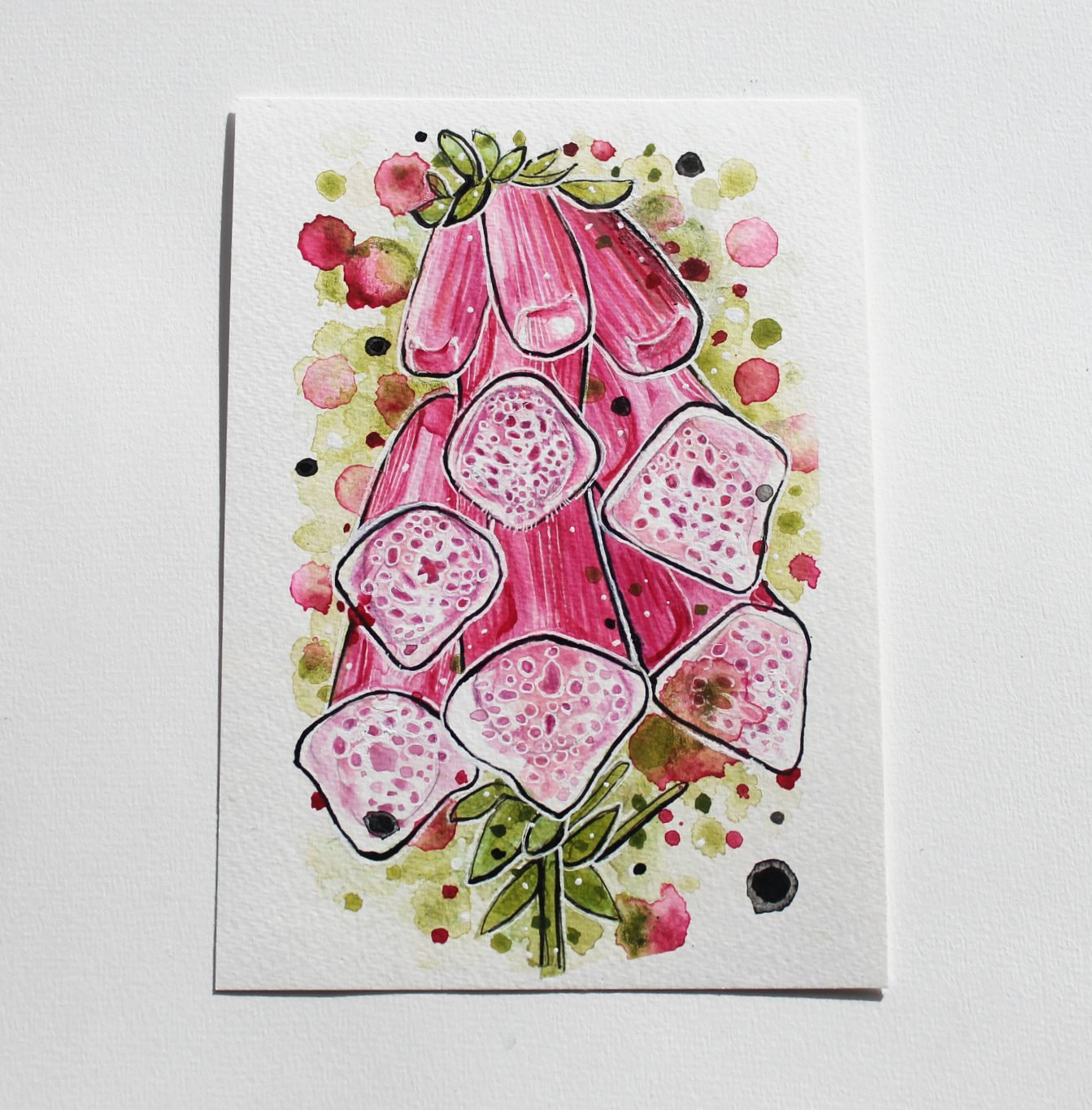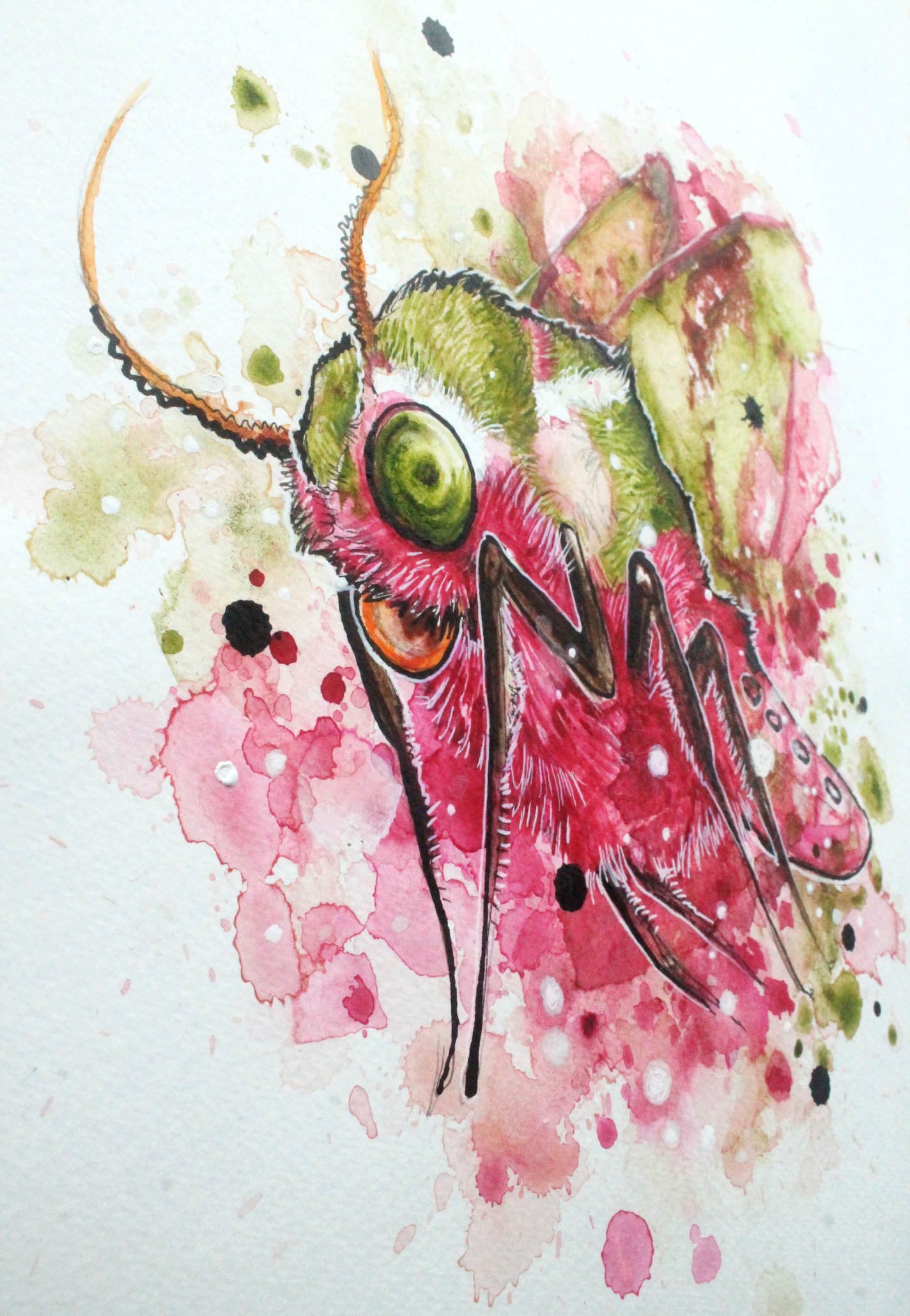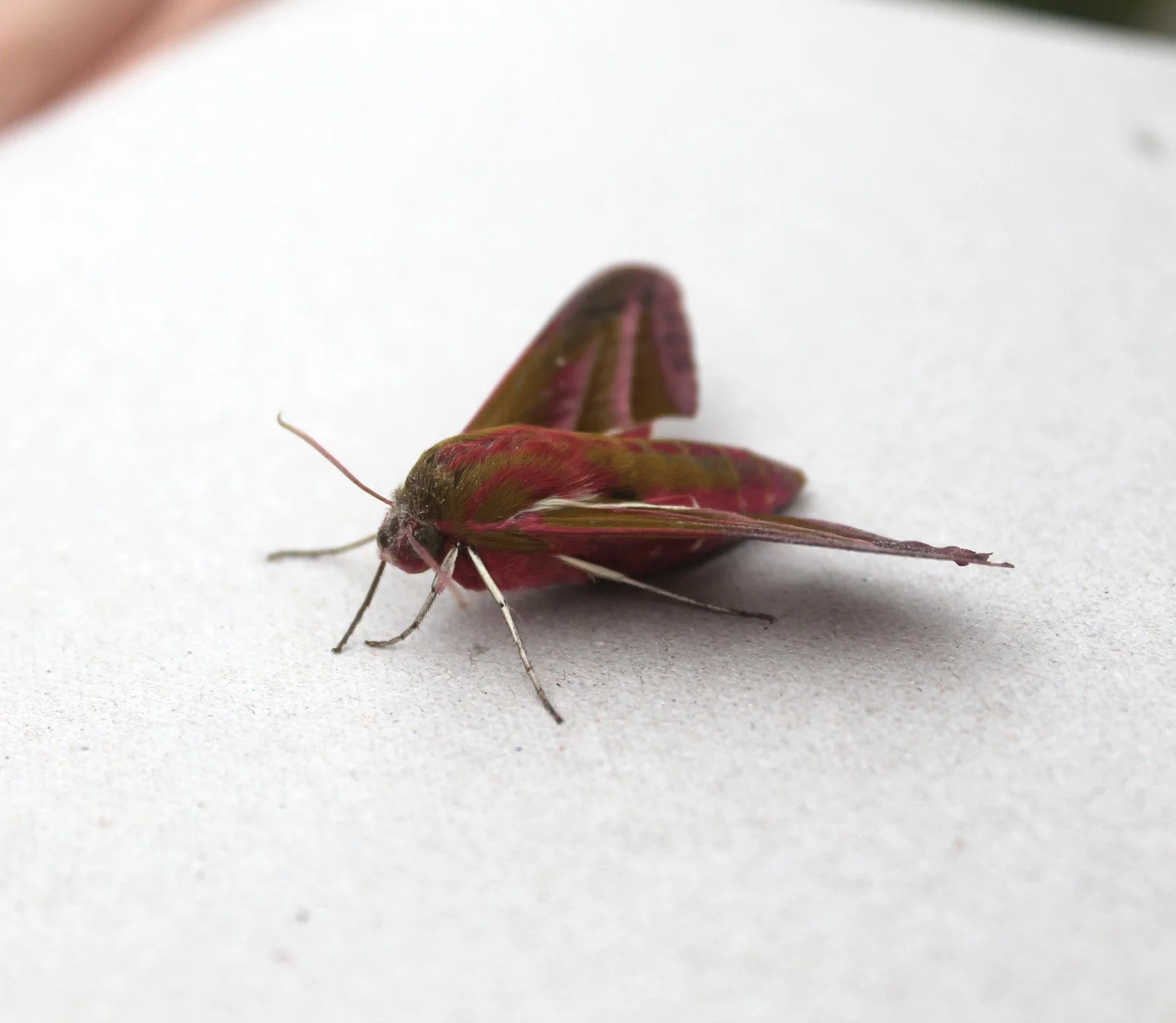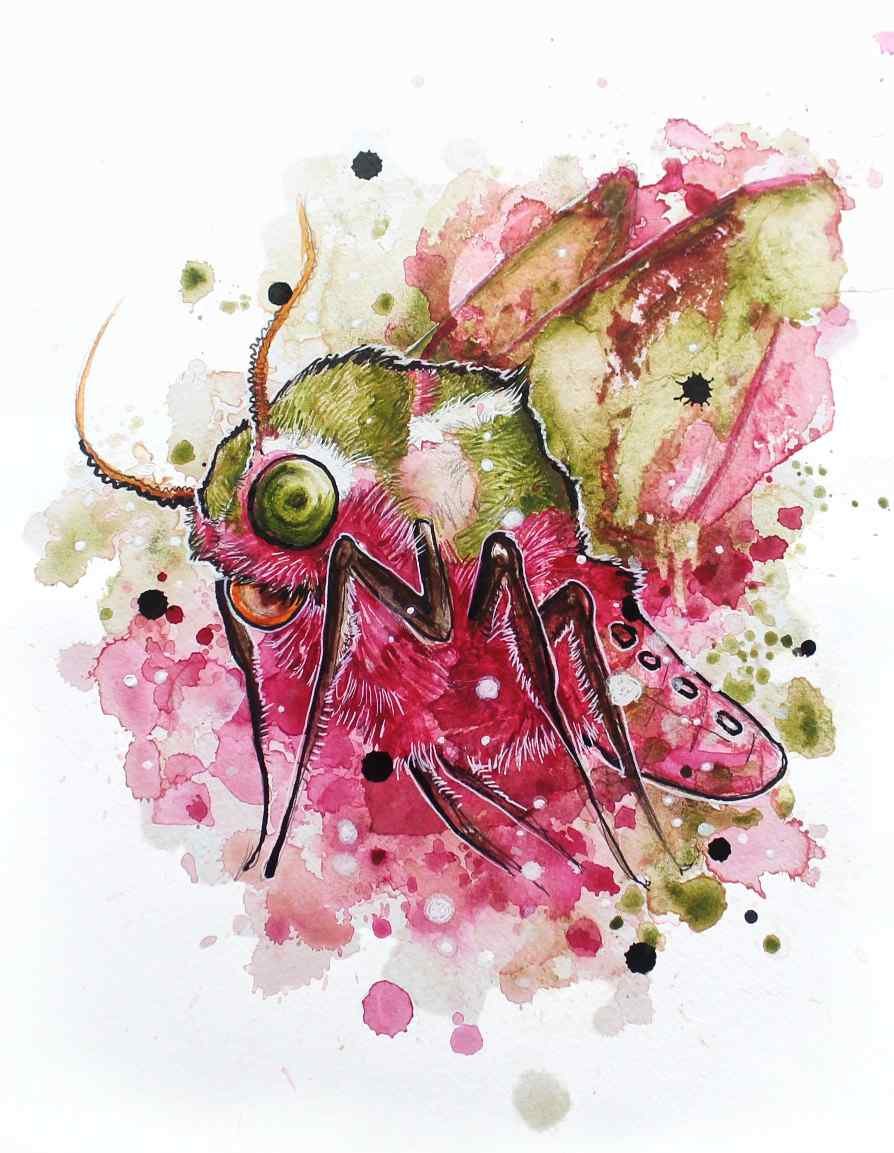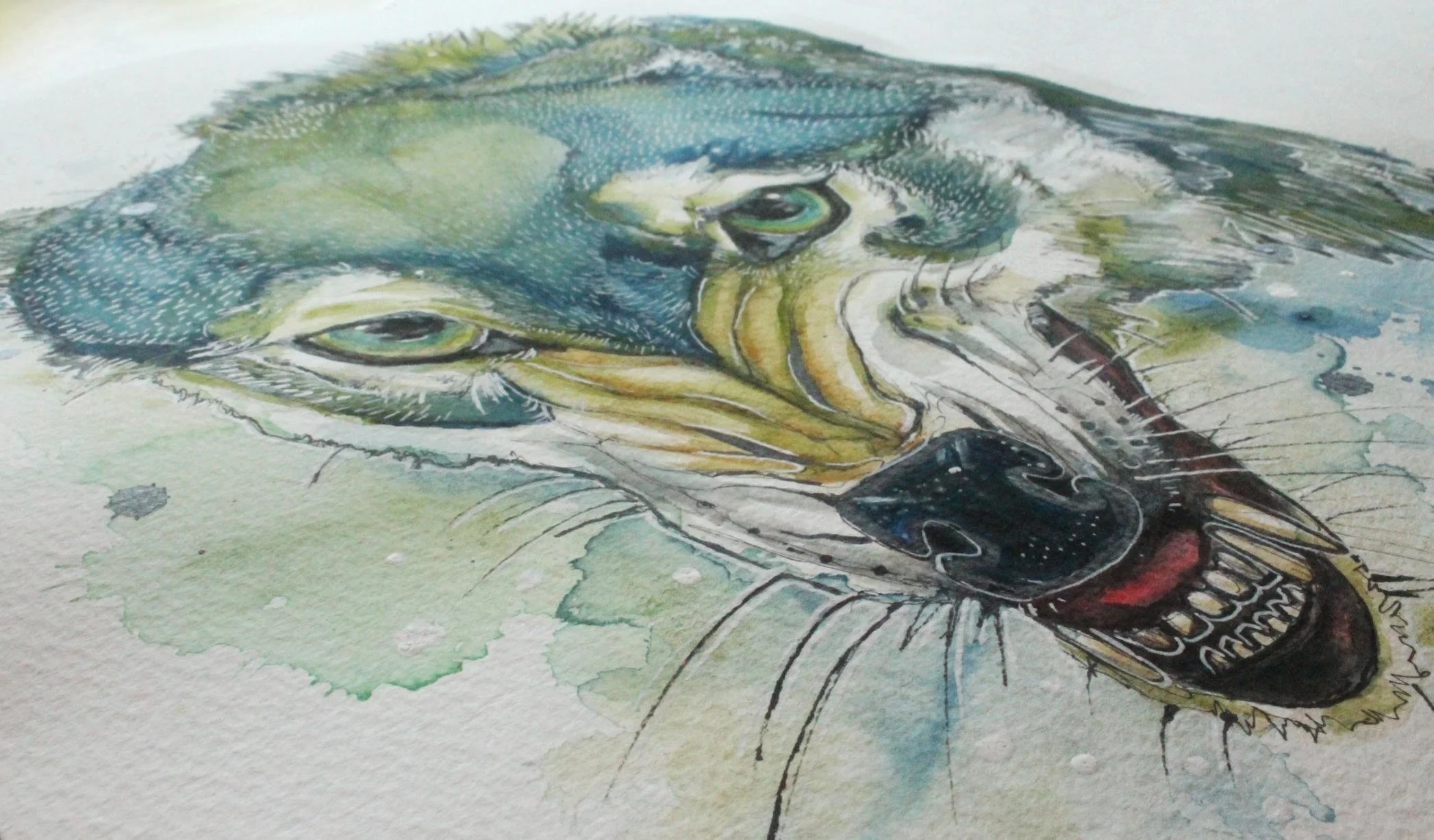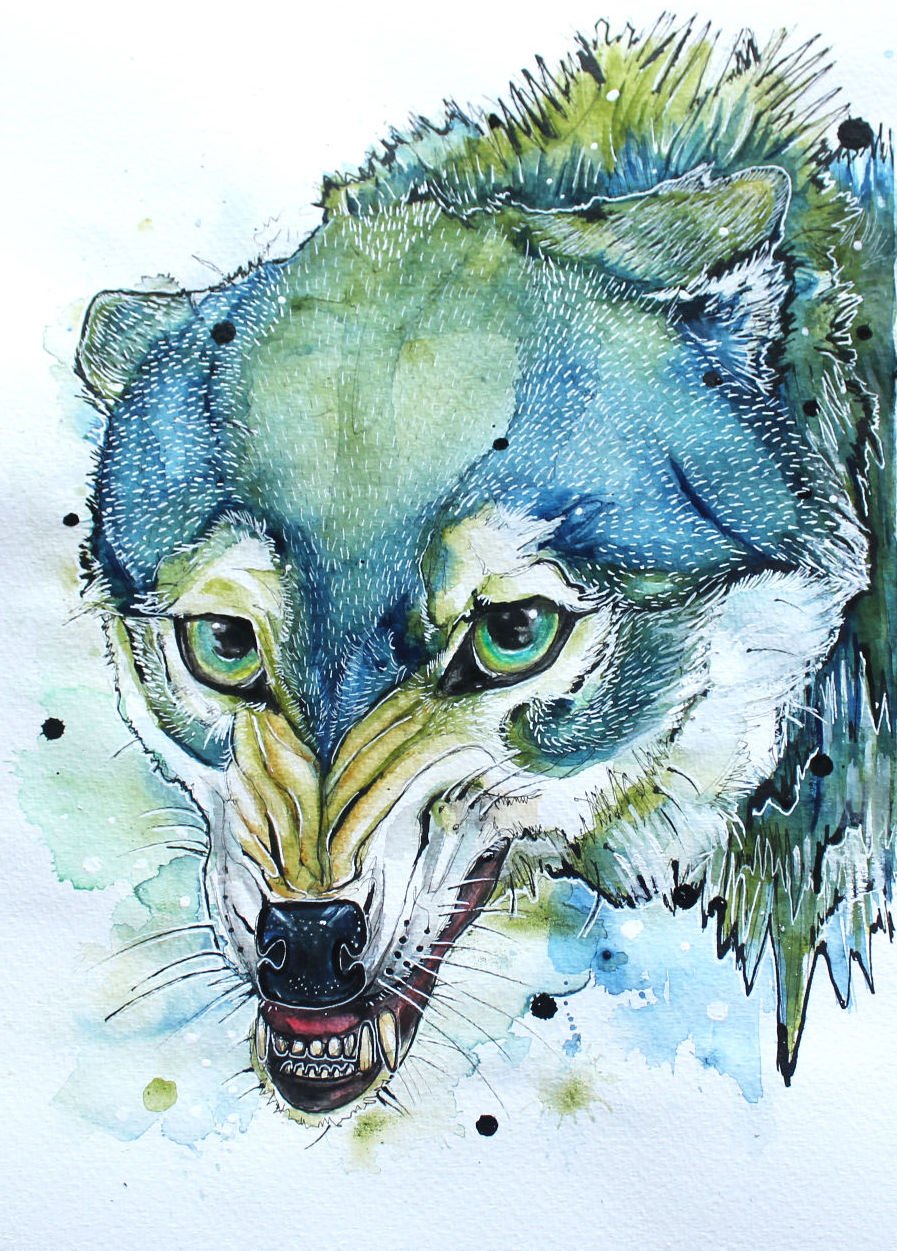The winter is wailing on us hard now, the late summer months are foggy to a lot of people, but not for me. Taking up wild swimming in the spring (still not sure if I’ve mentioned it!) has made my life so much more fulfilling despite the numerous jellyfish stings I endured.
Being in nature is far more powerful than I imagined, seeing and being a part of it all has been an awakening. I’ve found even more stuff on the bays too! To read more, head on over to my blog Nemo by Sea.
Swallow Migration over the Sea
I’m utterly addicted to open water swimming now, not sure if I’ve mentioned it?
I know I’m a bore, but I think everyone would be as enthusiastic if they tried it too. Especially as in September I got caught up in a cloud of swallows flying straight into me as I swam out away from land.
Their ruby eyes taking me in as they swooped close as all birds seem to do when I’m out in the sea to satisfy their curiosity, and in turn I got to see how shimmery their blue armour was.
Even in late October I saw the odd, lonely, straggler which is strange. But I have plenty of other bird and mammilian company in the water …
So, Indian Ink isn’t Vegan Friendly ...
It was only until I was getting through my stocks of ink did this truth emerge. I needed a few inks and Indian ink and whilst looking around the web for the old favourites and doing a little more reading into how they are made, I came across the ingredient shellac.
Shellac originates from the lac beetle (Kerria lacca), they are found in India, Thailand and Southeast Asia and are farmed commercially for the resin the females produce when feeding on tree sap. This resin is secreted as a vital protective cocoon for the lifecycle of the beetle and its offspring. Once this has concluded, the cocoon-like resin is scraped off the tree branches along with some of the insects and refined further into shellac.
So it’s a similar process to honey, but not only is the honey taken and some bees crushed, but the farmed bees displace huge amounts of native pollinators in the habitats they are installed. In Asia, like any sort of farming practice there is a similar negative impact on the ecology, especially the monoculture of host trees and the eradication of the lac beetle’s natural predators, fungi, moth and wasp species, leading to a loss of biodiversity.
I’ve been vegan for over 10 years now, and I’m still learning and tripping up it seems. I know we must all be pragmatic, none of us live in a vegan world but still, I am very embarrassed about this. I was also surprised when my favourite brands like Winsor and Newton listed shellac in their drawing inks as a binder, I never even thought about that before. The shellac in Indian ink is for similar purposes and of course that delightful sheen is also accredited to the shellac.
Shellac is pretty widely used too, in varnishes, sealants, primers, even on fruit like apples in the supermarket. It’s just one of those niggly ingredients that isn’t often listed on products containing it which makes avoiding it all that more tricky.
All Indian inks contain shellac, and trust me I was desperate to find an Indian ink that didn’t! My only option now is that I will explore black acrylic inks and see how they fair, Indian ink was such a staple it’s going to be sad to no longer use it. I loved it so much … but there has to be alternatives and when I find a good one, I’ll be sharing it.
Please enjoy this lovely fat caterpillar I found in our “weed” filled front garden. It was about 10 centimetres long. I hope he grows into the beautiful convolvulus hawk-moth he ought to be, insects need our love and consideration too.
Foxgloves and Bluebells
My mum loves flowers and would frequently bore my sister and I to death with the names of them. I’m not really into flowers especially the commercially grown varieties — and pansies just plain freak me out.
But I made some simple paintings to accompany her new flower stall, with a few more likely to follow. I’d like to paint some dandelion, nettles and snails for her too but I wouldn’t like to give my mum another complex on top of the many she already has bringing me up!
Large Elephant Hawk Moth
In the summer our weedy garden and house was aflutter with these beautiful hawk moths, they look way too exotic for humble Blighty. You get this critter also in a smaller size namely the small elephant hawk moth, the more obvious difference is the pink stripe going down the back of the insect which is absent in the smaller, yellowy species.
I really enjoy these moths and can’t believe my eyes when I encounter them. I’ve yet to discover the ‘elephant trunk’ like caterpillar which gives this species its name. But sadly with the rapid urbanisation and large housing developments going on, tearing up the countryside in Kent, I suspect these will be an increasingly rarer sight. The neighbours don’t like it, but we’re trying to keep our garden healthily wild, you just don’t know what you’re missing when caking the world in turf, tarmac and cement.
Reluctant Snarling Wolf
Here’s another painting for the book my friend is writing about wolves. I’m allowed to use fantasy colours but not go too wild with the background. This guy will be named Talo and is the reluctant aggressor of the story.
No Brusho was used here which is against my nature but I’ll make up for it very soon with my next painting!
